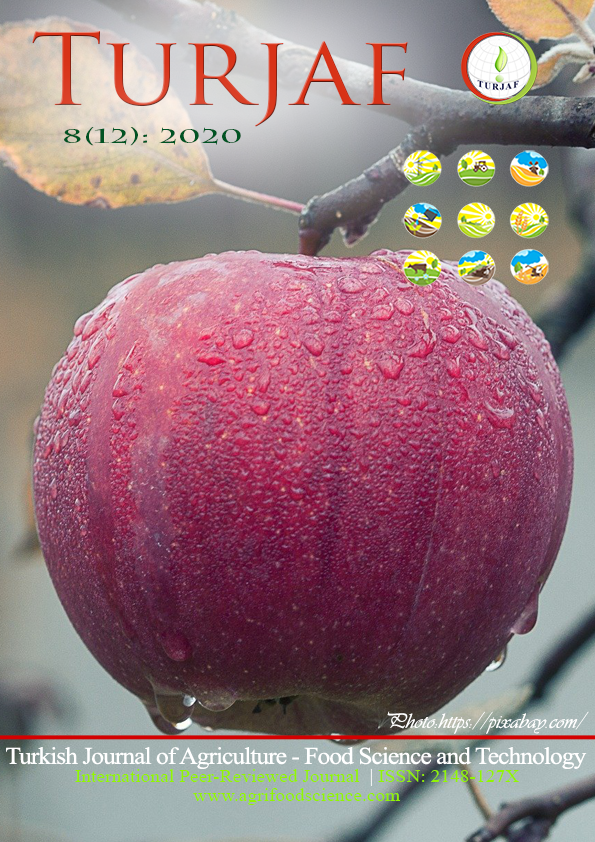Risk Assessment of Pesticidal Toxicity and Threats on Pollinators: A Review on Honey Bee
DOI:
https://doi.org/10.24925/turjaf.v8i12.2556-2561.3681Keywords:
Honey Bee, Pesticidal Toxicity, Pesticides, PollinatorsAbstract
Pollinators play vital roles to the environment, biodiversity conservation, food security and several dimensions of global sustainable development. Honey bee is an important pollinator globally but has been exposed to increasing threats from diseases, pesticides and biotic stresses. This review paper highlights the role of honey bees as pollinators, addresses threats which influence decline of honey bees and assess pesticidal risk toxicity on non-target organisms. Decline of honey bee population is caused by several factors including habitat fragmentation, pesticidal toxicity, colony collapse disorder and climate change. Pesticidal residue and toxicity has an adverse effect which results in honey bee population decline, disturb foraging and contamination of bee products. Residues of agricultural pesticides like pyrethroid and neonicotinoid pose a serious threat on honey bee health further reducing agricultural production and diversity. Pesticidal risk assessments are carried out to study effects of pesticides on pollinators with an aim to provide measures to safeguard their abundance, diversity and health. Sustainable agriculture, effective policy and proper management can decrease pollinators' risk by helping to diversify the agriculture for pollen and nectars with reduced usage of pesticides and proper management.Downloads
Published
26.12.2020
How to Cite
Naharki, K., & Regmi, S. (2020). Risk Assessment of Pesticidal Toxicity and Threats on Pollinators: A Review on Honey Bee. Turkish Journal of Agriculture - Food Science and Technology, 8(12), 2556–2561. https://doi.org/10.24925/turjaf.v8i12.2556-2561.3681
Issue
Section
Review Articles
License
This work is licensed under a Creative Commons Attribution-NonCommercial 4.0 International License.

























